Many of us have special memories associated with braids. Maybe someone braided your hair for the first day of school, or maybe you used to braid your dolls hair when you were little. Throughout time and across cultures, families and friends have gathered together around braiding as a way to socialize. Braiding is not only a way to create beautiful hairstyles but also brings people together and makes them engage with each other. When you braid someones hair, it can lead to conversation and connection, a way to get to know each other a little better. People have always used hair as an important way to express identity, and the craft of braiding is one of the oldest in the world.
Some scholars believe that the 20,000-year-old limestone figurine known as Venus of Willendorf, an icon of prehistoric art, is wearing a braided hairstyle, and the striking braids that we call cornrows today can be found in 5,000-year-old images from the Sahara. The history of the braid is thus a long one. Hairstyles can also be expressions of religious and political climate. A present-day example is that of the former Ukrainian prime minister, Yulia Tymoshenko, whose famous braid became an important part of her public image. Our hairs appearance says a great deal about us and about the times in which we live. The braid has an important function in creating a variety of hairstyles and is not only beautiful but also practical.
Braiding is a good tool for putting hair up in a bun, keeping long strands together, or dealing with wisps that can get in the way. Braids can serve as the foundation for a more elaborate hairstyle, and hair ornaments or flowers can also easily be fastened to a braid when creating an updo. Braided hairstyles spark interest. They can look intricate yet still have a simple design that is easy to create. The contemporary braid expresses and enhances your style for the day; you can begin with a sleek, smooth, and classic braid, and then pull it apart for a more bohemian look. Over the years, braiding has always been a part of fashion trends, in one way or another.
From the voluminous braid of the 1960s to the swinging hippie braids of the 1970s, braiding styles have followed the trendy hair lengths. In folklore and art as well, braids have played an important role. Pippi Longstocking, Rapunzel, and now Elsa from Disneys Frozen have all given a face to the braid. The iconic Scandinavian fairies, elves, and forest trolls found in the paintings of Swedish artist John Bauer are often portrayed with long flowing hair and braids; and the Mexican painter Frida Kahlo usually depicted herself with braids in her famous self-portraits, making them part of her signature look. Many style icons and celebrities have inspired us with their hairstyles. The actresses Elizabeth Taylor and Grace Kelly wore many elegant braided styles created by the legendary stylist Alexandre de Paris.
Today as well, braided coiffures are often seen on the red carpet. Rihanna, Nicole Kidman, Blake Lively, and Paris Hilton are among the many celebrities who have appeared recently with braided styles. In this book, we share some of our favorite hairstyles. Some are stylish classics, while others have a more advanced, avant-garde-inspired form. Sometimes the braid can make up the entire hairstyle, or it can be just one detail. Half a head of braided hair, or braids on one side, for example, can become striking details in your look.
The best thing about braids is that even the simplest varieties can make a strong impact. You can make infinite variations with braids, the only limit being your imagination. Here you will find styles at every level of difficulty and presented on different types and lengths of hair. No two braids are alike, and you can always find new ways to transform the braid so that it fits your own personal style. Try pulling your braid apart, pulling loosely for a more feathery look, or hard enough to loosen individual strands. You can divide the hair into multiple small sections with parts that curve, and create patterns on the head, or you can alternate tight and loose rounds in order to design your own braided style.
We hope youll be inspired when you open this book. Dare to experiment with new braiding techniques and make every hairstyle your own. Good luck! Peter Hgelstam and Heln Pellbck at Bjrn Axn Academy Contents
Contents
Guide
1. Rattail comb 2. Hair clips 3. Sturdy, extra long hairpins 4.
Long hairpins 5. Short hairpins 6. Bobby pins 7. Hairbrush, preferably with boar bristles Saltwater spray Hairspray, one with firm hold and one with light hold Elastic bands, different sizes Shine cream Anchor point: A place where the braid can be secured using pins. An anchor point can be a ponytail or a strand of hair that has been teased. Crimp: To treat the hair with a crimper or small waver.
To achieve the best results with your hairstyle, it is important to start out with freshly washed hair before you begin braiding. Hair that has just been washed can sometimes be slippery and hard to style, but by preparing it with the right products it will be easier to work with. Prepare the hair by dampening it with a saltwater spray. Then dry the hair with a blow-dryer. Any whorls and small waves at the roots of the hair can be straightened by brushing as you blow-dry the hair. Saltwater spray makes the hair a little coarser and fuller, which makes it easier to create the hairstyle.
If you want your braids to look fuller, you can also use a crimping iron after applying saltwater spray. If you choose to crimp the hair, make sure not to squeeze the iron too hard since that can leave marks. You can also tease the hair strand before you crimp it, which will give the strand a lighter wave. Brush through the hair thoroughly before you begin braiding to prevent tangles. Divide the hair into different sections as you braid. This will make it easier to keep track of what needs to be braided and when.
Use hair clips to keep the sections separated. It is a good idea to use hairspray with a lighter hold while you work. Avoid spray products with a pump, as they can make the hair too wet. To create a fuller hairstyle you can pull at the braid. Take hold of it with your thumb and forefinger and pull carefully at the braid, in an up-and-down direction. Using this technique you can create different styles, a sloppy braid or a tight one.
For a tighter and more controlled braid, you can use a shine cream to keep small hairs in place. In order to make your hairstyle long-lasting, you need to have anchor points that you can use to keep it stable. A good anchor point can be a ponytail, a teased strand of hair, or a hair clip that is fastened into the style. Use long hairpins while you are experimenting with your style. You can easily remove the pins and reposition the anchor point if you arent satisfied with it. Dont forget to look at your hairstyle both in profile and from the back.
When you are finished and want to fasten your hair sections, you can replace the hairpins with bobby pins. When you use bobby pins to secure the hair, push the pin into the hair with a circular movement so that you can grab underlying hair to use as an anchor. When the style is completed, you can finish with a stiffer hairspray to get more stability. It is hard to change the hairstyle after you have used a stiffer spray, so only do this as a final step once you are completely satisfied with the hairstyle.

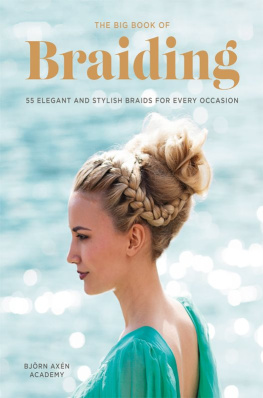
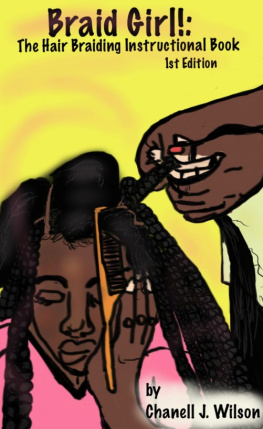

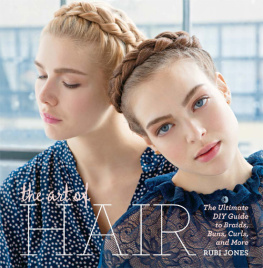



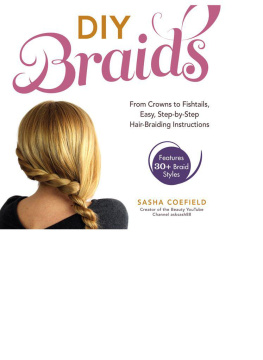
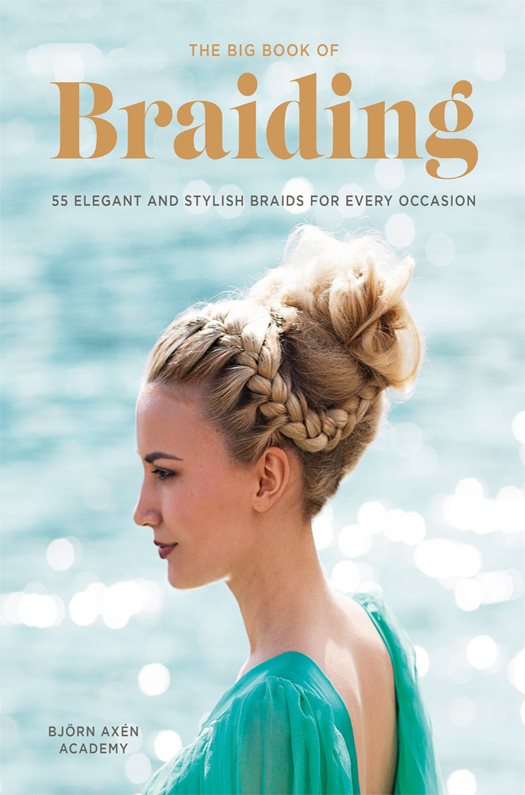
 Contents
Contents